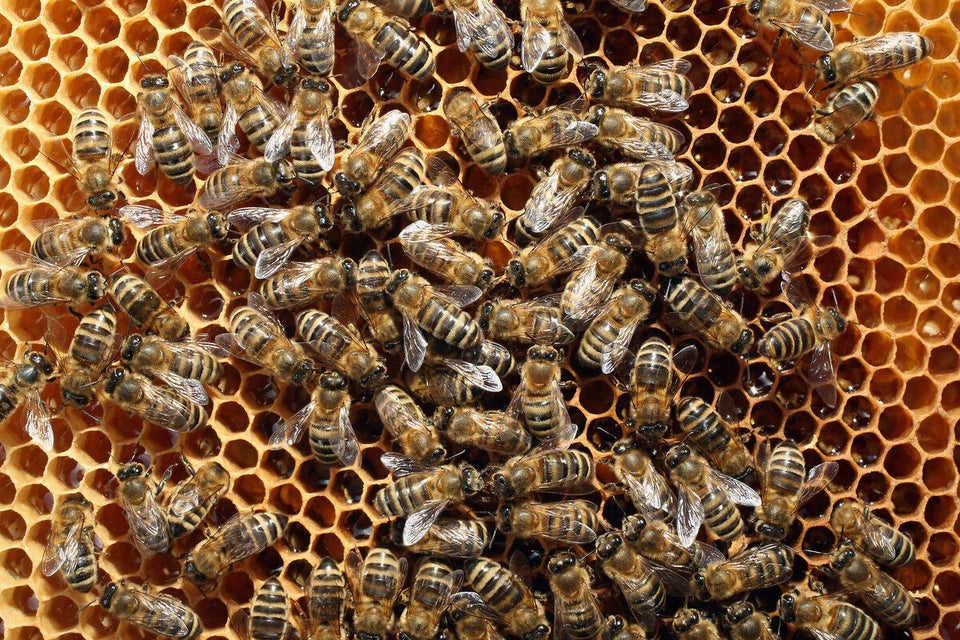If you're suffering from an irritating and painful bee sting, head to the kitchen for help.
In the video above, we learn not only how to remove a bee stinger from your skin (don't ever use a pair of tweezers), but also when you should seek medical help. Experts suggest using lemon as a natural remedy; the acids found in the fruit can be used to purify blood laced with venom.
Bee stings or wasp stings can happen anywhere on the body. The two are different from each other (wasps, for example, don't lose their stingers), but both can result in similar reactions.
If you are struck by a stinger, you may feel a sensation of pain or numbness, swelling and sometimes even an allergic reaction. People who are allergic to stings may experience difficulty breathing, swelling of the face area, dizziness or wheezing. Some studies suggest certain body parts hurt more than others. Nostrils, the upper lips and the genitals were all said to be more painful areas compared to arms, palms or cheeks.
And while it may be impossible to avoid all bees, especially during flowery, summery moths, it helps if you stay still around them, and avoid bright colours and heavy perfumes outdoors.
Also on HuffPost
